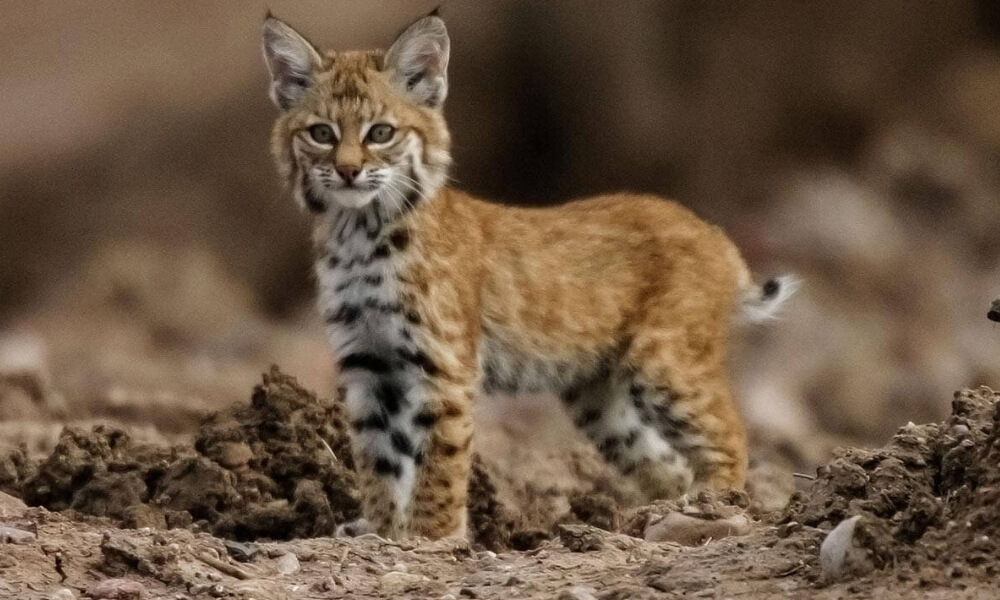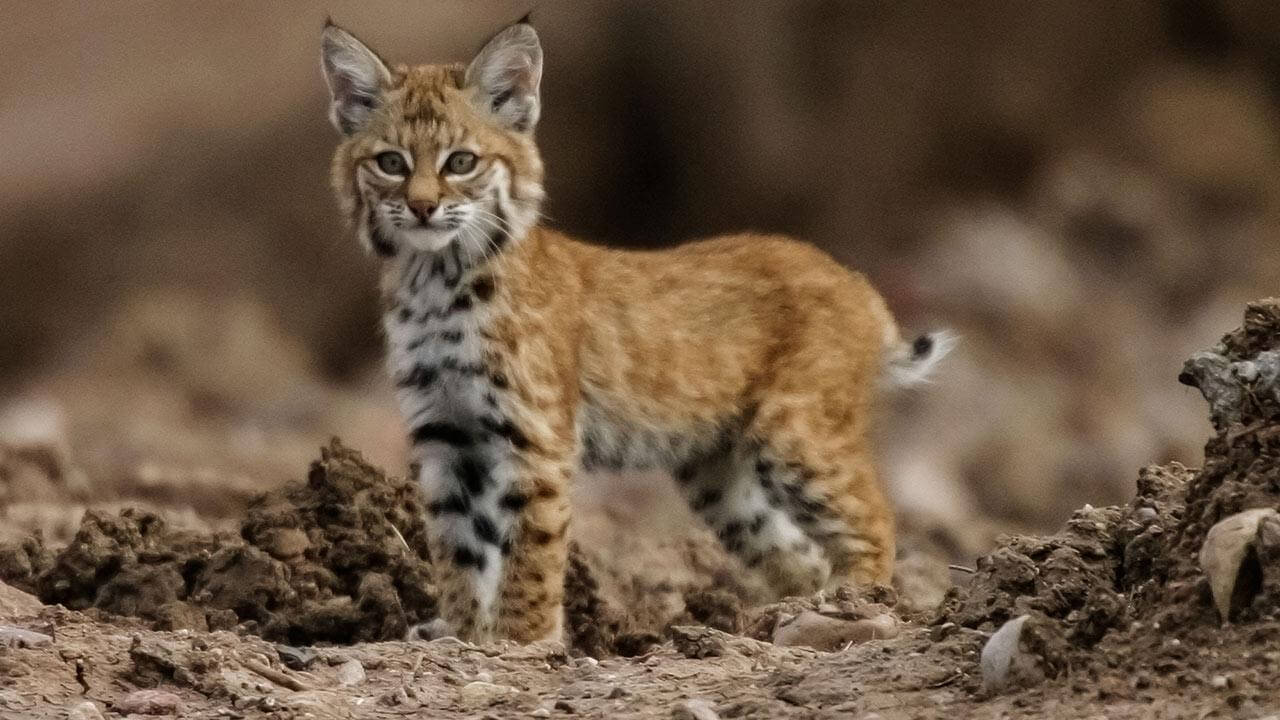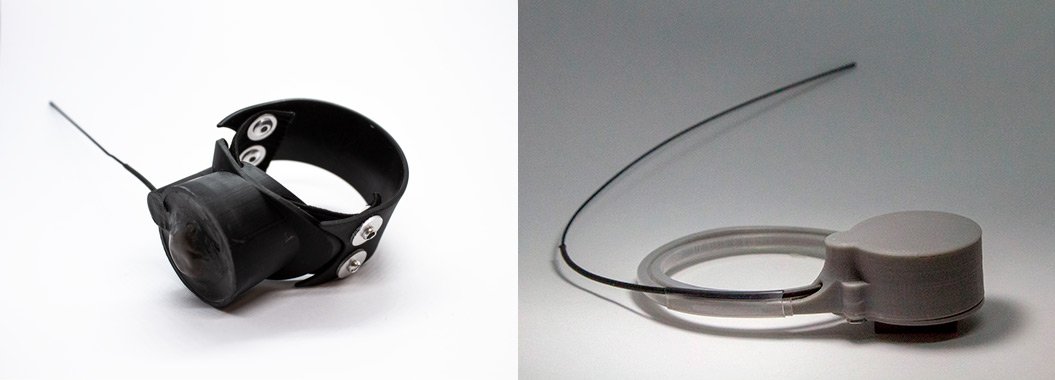Can we save wildlife with 3D printing?
Posted By Kat Plewa on Jul 17, 2019 | 0 comments
We recently wrote about saving forests thanks to Additive Manufacturing, now new research was conducted to protect wildlife animals. Brandy Neiles, a resource biologist from South Dakota’s Gae, Fish & Parks, is changing the face of preserving the Bobcat population with his revolutionary development.
What is the problem?
https://www.sciencemag.org/news/2015/07/ancient-bobcat-buried-human-being
To protect the wildlife we need to know a few essential information, like population growth rate and survival estimation. Brandy Neiles explains the importance of it especially for Bobcats: ‘’What we’re looking for as the end goal is a population growth rate for bobcats in the Black Hills, and a survival estimate. So, to get a specific growth rate, which helps us with our harvest, models, and population viability – we need the bobcat kitten survival rate. And, that’s just never been published for bobcats before.’’
Traditionally, the animals are tracked with implanted radio transmitters, but that involves surgery and carries a lot of risks. The surgery itself can potentially cause injuries, or the implant can move to other areas of the body. The risks are pretty serious, Neils comments: ‘’You only have less than a quarter-inch incision to fit the implant in – there have been reports of implants getting stuck in the pelvic canal, either causing serious constipation, bleeding to death, or blocking the birthing canal. There had to be a solution that eliminates the harm to the animal.
Why is 3D printing the solution?
An obvious answer to the issue was a collar, but as Neiles mentioned before, we need to track baby Bobcats. Manufactured with traditional materials, the collars are not comfortable and the biggest issue is the size of them. Young animals grow fast and the collars need to adjust to that.
Neiles explains: “It seems like all of the technology that we use in the collar itself is state of the art – you know, GPS and such. But, it seems as if the attachments are stuck in the ’70s. We use waterproof fabrics and different bolt attachments. Currently, the only solution for kittens and growing animals are implants, but those have a small range for what you are able to hear, like the actual signal that is emitted. Plus, the transmitter will always be with the animal.”
This challenge was solved thanks to Additive Manufacturing. Neils developed the first prototype of his expandable collar with high-speed prototyping resin and also manufactured a second phase version with rugged Nylon 6.
Additive Manufacturing was the final solution to this problem as it gives absolutely new possibilities. It gave Neiles not only design freedom and the ability to produce a comfortable and customized collar, but also sped up the prototyping process and allowed him to test flexible materials. Without 3D printing, this project would never develop so quickly.
What is next?
The design was great and approved, Neiles got federal funding and West Virginia University agreed to sponsor a graduate student to help develop the second phase of the project. And this is not just about Bobcats, 3D printed collars can change the whole face of our protection of wildlife.
Neiles comments: “Once everything is tuned up, the collars would make a huge difference – we collar a lot of juveniles in wildlife, so down the road, I could see this being used to collect population estimates on a lot of other species as well. We collar 250 fawns every single year throughout the state of South Dakota. That would be a huge opportunity, too,”
Do you have a 3D printing project? Get it done! It is as easy as uploading your file to our online 3D printing service or contacting our 3D printing experts to help you.
Stay up to date on the latest 3D printing news with our Newsletter and Facebook page!


 Connect with Google
Connect with Google Connect with Facebook
Connect with Facebook

